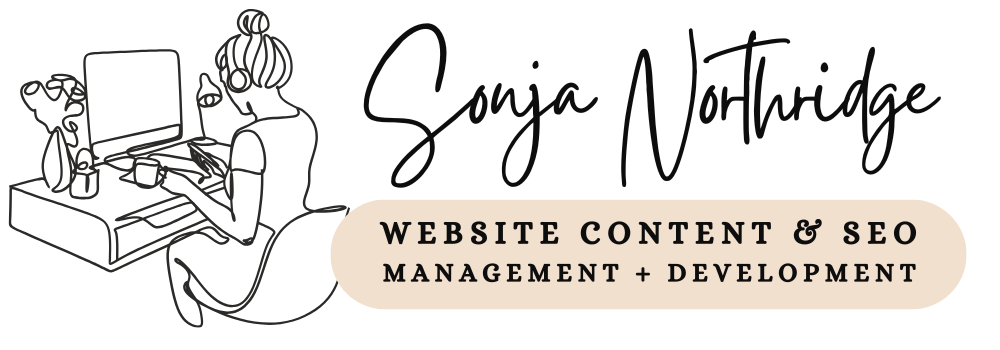Email marketing is still one of the most powerful ways to connect with your audience. But let’s be real—no one likes receiving spam. If your emails feel like they belong in the junk folder, chances are they’ll end up there. So how do you make your email marketing less spammy and more engaging? Here are some practical tips to help you stand out in the inbox (for the right reasons!).
1. Get Permission First
This should go without saying, but never send emails to people who haven’t opted in. Buying email lists is a big no-no, and sending unsolicited emails is a fast track to the spam folder. Instead, build your email list organically with sign-up forms, lead magnets, and incentives that encourage people to subscribe willingly.
2. Personalise, Don’t Mass Blast
A “Hey there, valued customer” email feels impersonal. Use the recipient’s name and past interactions to tailor your messages. Many email marketing platforms offer segmentation tools that let you target users based on behaviour, demographics, or purchase history. The more relevant your emails are, the more likely people will engage with them.
3. Write Like a Human, Not a Robot
If your emails sound overly formal, stuffed with marketing jargon, or too salesy, they’ll feel spammy. Keep your tone conversational and friendly—like you’re writing to a friend. A little personality goes a long way in making your emails more relatable and enjoyable to read.
4. Avoid Spam Trigger Words
Certain words and phrases can trigger spam filters, like “FREE!!!,” “Make money fast,” or “Act now!” Instead, focus on creating compelling subject lines that spark curiosity without sounding pushy. A/B test different subject lines to see what resonates best with your audience.
5. Make Unsubscribing Easy
It may sound counterintuitive, but a clear and easy-to-find unsubscribe link can actually improve your email deliverability. If people can’t find a way to opt out, they’ll mark your emails as spam, which hurts your sender reputation.
6. Keep a Consistent Sending Schedule
Bombarding your subscribers with too many emails will lead to fatigue and unsubscribes. On the flip side, emailing too infrequently can make people forget why they signed up in the first place. Find a balance—whether that’s weekly, fortnightly, or monthly—so your audience knows when to expect your messages.
7. Optimise for Mobile Users
A huge portion of emails are opened on mobile devices. If your email design isn’t mobile-friendly, people will delete it before even reading. Keep your design simple, use a single-column layout, and make sure buttons and links are easy to tap.
8. Leverage AI and Automation Wisely
AI-powered personalisation and automation tools can help you send the right message at the right time. Tools like AI-driven subject line generators, predictive analytics, and dynamic content allow you to create hyper-personalised campaigns without overwhelming your audience.
9. Encourage Engagement
Emails shouldn’t just be one-sided messages. Ask questions, include polls, or invite subscribers to reply. Engaged subscribers signal to email providers that your messages are valuable, which helps with deliverability.
10. Monitor Your Metrics
Keep an eye on open rates, click-through rates, and unsubscribe rates. If you see a sudden drop in engagement, it’s time to tweak your strategy. Regularly clean your email list by removing inactive subscribers to maintain a healthy sender reputation.
Final Thoughts
Email marketing doesn’t have to feel spammy. By focusing on personalisation, engagement, and delivering real value, you can create emails that your audience actually looks forward to. Stay updated on email marketing trends, test what works for your audience, and most importantly—treat your subscribers like humans, not just leads.
